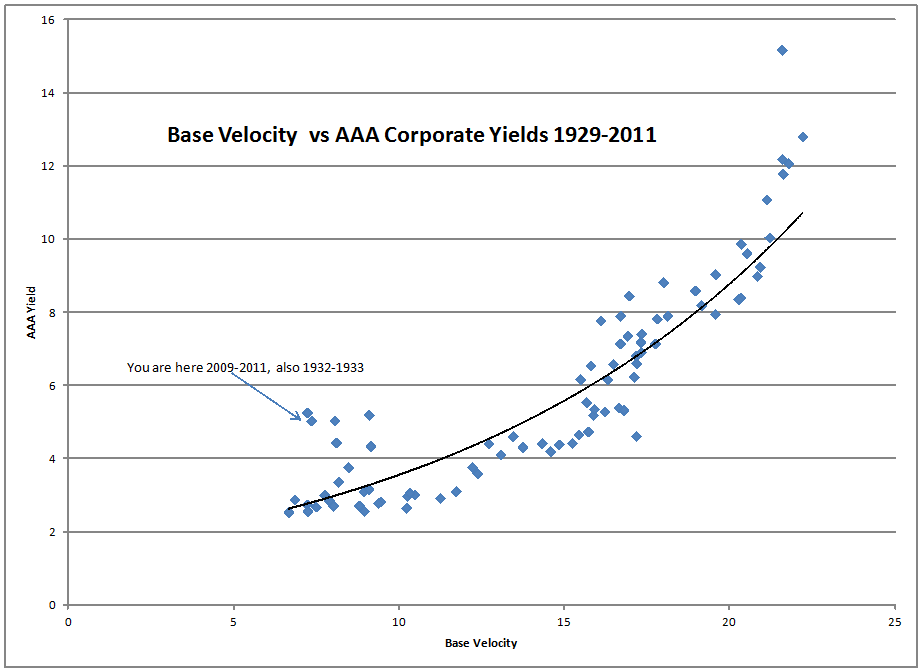PANEL 2: FED POLICY AND THE ALLOCATION OF CREDIT
Moderator: Mark A. Calabria
Director of Financial Regulation Studies, Cato Institute
Malinvestment vs capital flowing to most productive sectors of the economy.
Jeffrey M. Lacker
President, Federal Reserve Bank of Richmond
Fed’s response led to misallocation of capital.
Monetary expansion was needed to prevent a collapse.
Initial Fed lending was sterilized — equivalent to issuing Treasuries, and lending the proceeds.
Fed could have just bought Treasuries, and not MBS or other securities.? To do otherwise distorts credit incentives.? It creates an appearance of unfairness.
Many contend as a result that credit allocation should not be an aspect of Fed policy. May compromise the independence of the Fed to do so.
Cornerstone of CB independence is control of liabilities.? Assets are more open to choice.? Thus it becomes a path of least resistance in a crisis.? Creates moral hazard, and probabilities of future economic distress.? Threatens CB independence.
Contain the willingness to intervene either by CB habit or law.? Would conflict with lender of last resort, which was more a product of a commodity money era.? Not elastic credit needed but elastic currency.
CB asset policy is an unfinished aspect of Central Banking.? This should be a top priority for action.
Allan H. Meltzer
University Professor of Economics, Carnegie-Mellon University,
and Distinguished Visiting Scholar, Hoover Institution.
Bailing out Bear Stearns was a mistake, and other non-commercial banks, including AIG.? Added to uncertainty of the situation, Fed then increased supply of credit, bought MBS and long-term Treasuries.? Fed acted too soon, if they had waited, they might have been able to do less.
Speculators front-run the Fed.
Fed doesn’t care about exchange rates except in a crisis — US Dollar down 15% recently.
Operation Twist not needed because they acted too soon, economy expanding rapidly now (?!)
Fed is too short-term oriented.
Believes that things will only normalize when housing values fall to their eventual equilibrium levels.
Chart on base velocity vs LT AAA Corp Bond yields.? Current conditions consistent w/ ’20s and ’60s.? Here’s my version, really only consistent with 1932-33 at present.
Greater centralization of the Fed and US Government control over the Fed.
Thinks higher future inflation is highly likely.
Fed has done well when it has followed the Taylor Rule.? Flip-flopping from one aspect of the dual mandate to another has not worked well.
Phillips Curve does not work, and the present Fed uses it for erroneous forecasts.
Fed kept monetary policy too low for too long and created the crisis.
Fed needs to be more accountable for its actions.
George Selgin
Professor of Economics, University of Georgia
Jokes that the Federal Reserve should be done away with, or that it should be significantly modified.
Describes how monetary policy works.? Little need for a discount window a common topic before.
Fed channels liquidity through soundest counterparties — primary dealers.? But if primary dealers are impaired, they become liquidity sponges.? Happened in 2008, so they worked to rescue primary dealers, excluding Lehman. [PDCF?]
Discount window didn’t help because of stigma, and thus the TAF was created.
1) End primary dealer system.? Not needed anymore with modern technology for auctions.
2) End Treasuries only.? Original Fed was not that way; avoid monetization of US debt. Let many parties bid for credit from the FOMC.
Eventual disbanding of FOMC, let a computer do it.
Roger Garrison
Professor of Economics, Auburn University
Natural rates of Interest and Economic Growth
The Fed attempts to expand growth beyond the natural rate of growth, and accelerates it beyond, setting up the conditions for a slump.
FOMC actions every eight weeks; learns once a decade when a crisis occurs.
Taylor Rule has no concept of the natural rate of interest.
Concludes that the Fed oversupplied credit, creating a boom and then the bust we are currently in.
Q&A
Opinions on Nominal GDP targeting?
Meltzer: easy to say, hard to do.? Follow Taylor Rule.? Lacker agrees.
Selgin thinks it is a much better idea.
Garrison: target a zero growth rate. Prices would fall.

